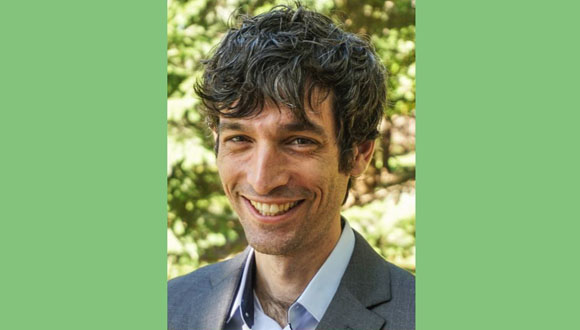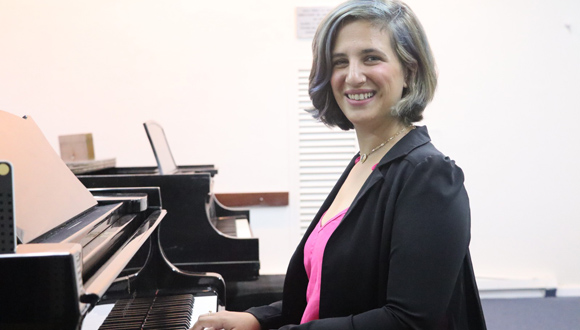New Exhibition at the Wiener Library Features “Jews out!” – a Children’s Board Game from Nazi Germany
Players need to quickly collect six ‘Jew hats’ from Jewish areas in the city, and bring them to one of the roundup spots.
On the eve of International Holocaust Remembrance Day, a new exhibition at the Wiener Library for the Study of the Nazi Era and the Holocaust at Tel Aviv University features the appalling children’s board game “Jews out!” (Juden Raus!), manufactured in Nazi Germany by an obscure company called Guenther and Co. at the end of 1938, probably following the events of Kristallnacht (the Night of Broken Glass, also called the November pogrom).
“‘Jews Out!’ is clearly the outcome of years of blatant incitement and antisemitism which prevailed in German society in the 1930’s – so much so that someone got the idea that driving out the Jews was a suitable theme for a children’s game.” Prof. Emeritus José Brunner
Game With an Evil Twist
Prof. Emeritus José Brunner, the Academic Director, and Chair of the Scientific Committee of the Wiener Library, explains that the game resembles an innocuous game that at the time was popular in Germany, but with an evil twist: Players are tasked with quickly collecting six ‘Jew hats’ from Jewish residential and commercial areas in the city, and bringing them to one of the roundup spots. The first player to do so wins the game.
One of the captions on the board reads: “Go to Palestine!” (Auf nach Palästina!).
“‘Jews Out!’ is clearly the outcome of years of blatant incitement and antisemitism which prevailed in German society in the 1930’s – so much so that someone got the idea that driving out the Jews was a suitable theme for a children’s game,” notes Prof. Brunner.
“However, the game was considered an exception even at the time. Most children played games that taught them the story of the Nazi party, when it was established and how it had developed, while this game expressly teaches children to deport Jews,” he says, and explains that while some facts concerning the game’s history are in dispute, we know that it was distributed by a food merchant named Rudolf Fabricius.
WATCH: The appalling children’s board game “Jews out!” from Nazi Germany
“In the 1930’s children in German schools and preschools, who received their education from the Nazi party, played many games that encouraged them to identify with the party’s institutions.” Prof. Dina Porat
German Children’s Education in the 1930s
Prof. Dina Porat from the Department of Jewish History at Tel Aviv University adds: “In the 1930’s children in German schools and preschools, who received their education from the Nazi party, played many games that encouraged them to identify with the party’s institutions.”
“The game on display at the exhibition should be seen in the overall context of study materials in Nazi schools and preschools, such as a special edition of the Protocols of the Elders of Zion for children, or the scary children’s book Poisonous Mushroom. During WWII and the Holocaust, those who had received such an education from an early age could be clearly distinguished from older generations educated in a different Germany.”
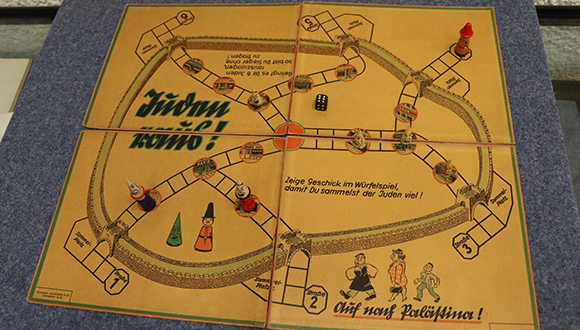
The appalling children’s board game “Jews out!” (Juden Raus!)
‘Cleansing’ Germany of Jews – No ‘Game of Chance’
And yet, Prof. Brunner adds that though the game is clearly antisemitic, and even uses the Nazi slogan ‘Jews out!’, it was not well-received by the Nazi establishment.
An article published on December 29, 1938, in the SS weekly Das Schwarze Korps severely criticized the game, claiming that it was disrespectful to the German policy of cleansing Germany of Jews, because it presented systematic hard work as a game of chance, while in fact the cleansing was a methodical, thoroughly considered plan.
Nor was the game welcomed by the German public – the sales were evidently quite low. Despite the game was an economic failure, it nevertheless goes to support the idea that where racial hatred reigns, there will be entrepreneurs who will try to profit from it.
Tel Aviv University received the game in the 1970s together with the entire Wiener archive from London, containing tens of thousands of documents from the Nazi period. The game immediately caught the attention of the Library’s directors, and over the years it was displayed from time to time to the Library’s visitors, mostly academic researchers. To their knowledge, the game displayed at the Wiener Library is one of very few remaining originals.
The Library’s collection also includes the SS weekly Das Schwarze Korps where the criticism of the game was published.
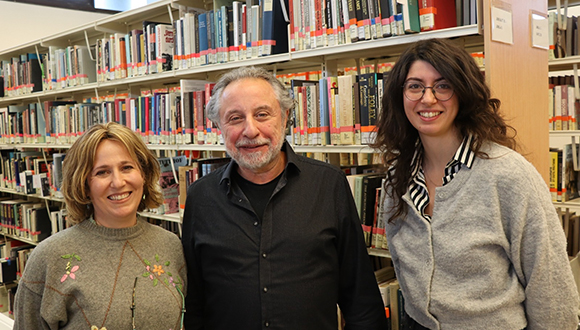
The Wiener Library team (from left to right): Dr. Laure-Line Yehuda, Prof. José Brunner and Michal Fisher






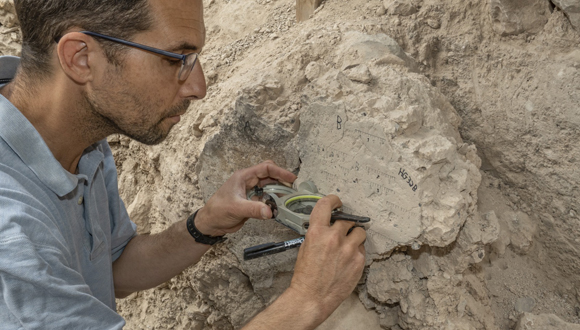
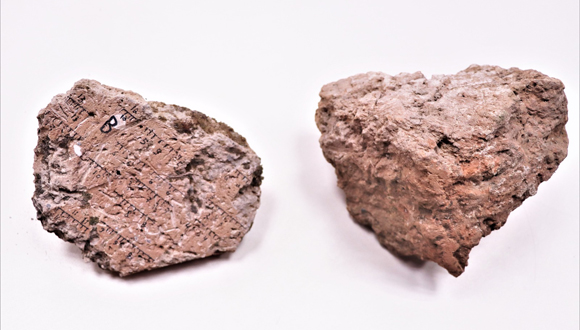

 Prof. Thalma Lobel
Prof. Thalma Lobel

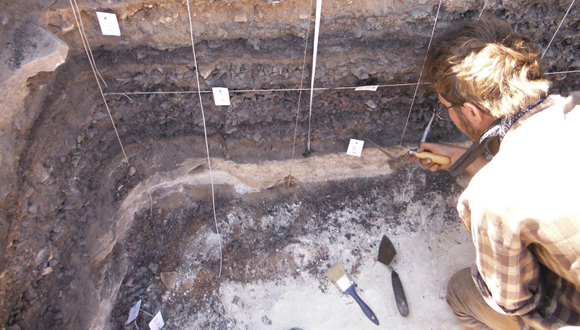 Investigating a pile of industrial waste mixed with charcoal on Slaves’ Hill, Timna Valley (photo: Erez Ben-Yosef and the Central Timna Valley Project)
The researchers explain that Timna’s copper industry was
Investigating a pile of industrial waste mixed with charcoal on Slaves’ Hill, Timna Valley (photo: Erez Ben-Yosef and the Central Timna Valley Project)
The researchers explain that Timna’s copper industry was 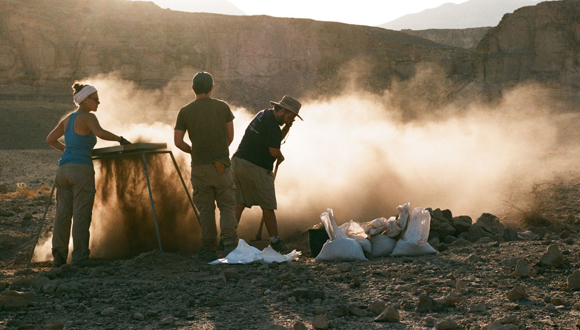 Excavating Slaves’ Hill (photo: Hai Ashkenazi, courtesy of the Central Timna Valley Project)
Mark Cavanagh describes the findings: “We found significant changes in the composition of the charcoal as time went on. Charcoal from the bottom layer of the mounds, dated to the 11th century BCE, mostly contained two plants known to be excellent burning materials: 40% acacia thorn trees, and 40% local white broom, including broom roots. The ‘burning coals of the broom tree’ are even mentioned in the Bible as excellent firewood (Psalm 120, 4). About 100 years later, around the middle of the 10th century BCE, we saw a change in the makeup of the charcoal. The industry had begun to use fuel of a lower quality, such as various desert bushes and palm trees. In this latter stage, other trees were imported from far away, such as junipers from the Edomite plateau in present-day Jordan, covering distances of up to 100 km from Timna, and terebinth, also transported from dozens of kilometers away.”
Excavating Slaves’ Hill (photo: Hai Ashkenazi, courtesy of the Central Timna Valley Project)
Mark Cavanagh describes the findings: “We found significant changes in the composition of the charcoal as time went on. Charcoal from the bottom layer of the mounds, dated to the 11th century BCE, mostly contained two plants known to be excellent burning materials: 40% acacia thorn trees, and 40% local white broom, including broom roots. The ‘burning coals of the broom tree’ are even mentioned in the Bible as excellent firewood (Psalm 120, 4). About 100 years later, around the middle of the 10th century BCE, we saw a change in the makeup of the charcoal. The industry had begun to use fuel of a lower quality, such as various desert bushes and palm trees. In this latter stage, other trees were imported from far away, such as junipers from the Edomite plateau in present-day Jordan, covering distances of up to 100 km from Timna, and terebinth, also transported from dozens of kilometers away.”
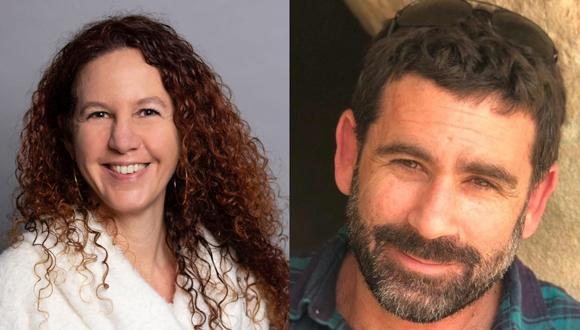 Tel Aviv University’s Dr. Dafna Langgut and Prof. Erez Ben-Yosef
Tel Aviv University’s Dr. Dafna Langgut and Prof. Erez Ben-Yosef

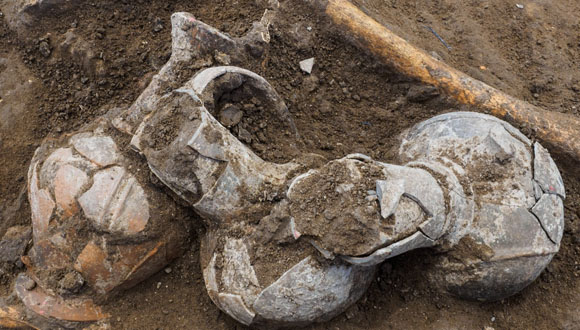 Vessels intended to accompany the dead into the afterlife. These Cypriot jugs and juglets were laid on the deceased. Remains of opium were found in several of the vessels (photo: Assaf Peretz, Israel Antiquities Authority)
Vessels intended to accompany the dead into the afterlife. These Cypriot jugs and juglets were laid on the deceased. Remains of opium were found in several of the vessels (photo: Assaf Peretz, Israel Antiquities Authority)

